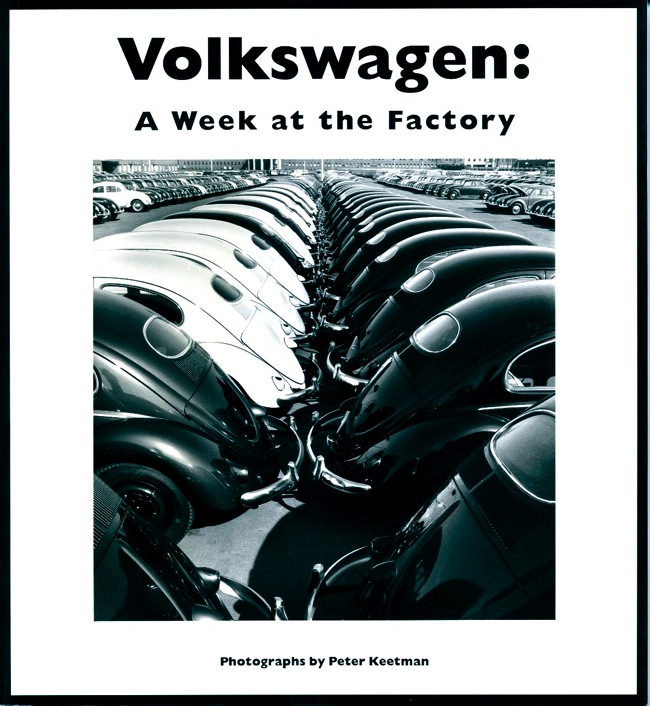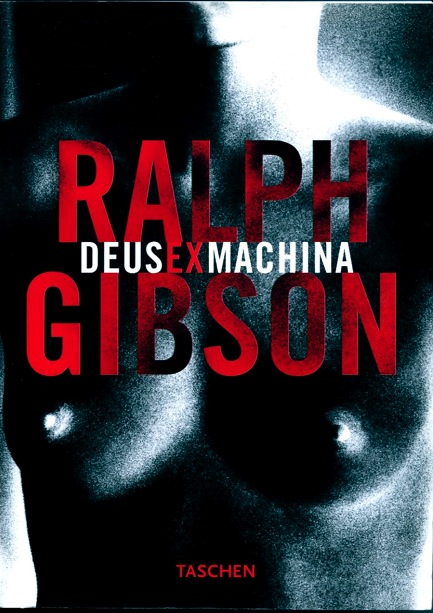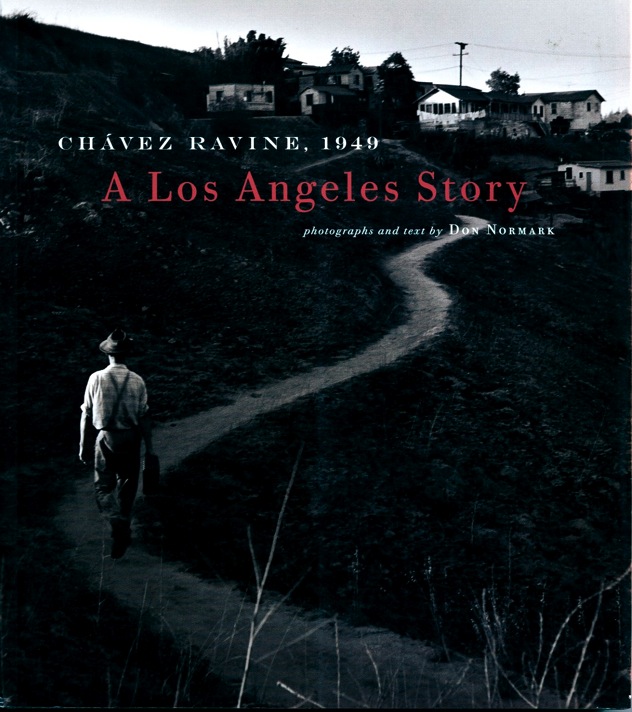Book review

Growing up as a lad in London I knew but three things about Philadelphia.
- It’s the HQ of the Mob.
- The great impressionist painter Mary Cassat was a native.
- Photographer Thomas Eakins also hailed thence.
Well, I’m no longer sure about the first fact (I think the mob has now moved to Detroit where it runs GM), though Rocky did make out well in Philly.
I’m certain about the second, having adored Cassat since I first saw mention of her work in John Rewald’s definitive ‘A History of Impressionism’. Now famous, her work holds its own with the best. And while you are at it, check out Berthe Morisot’s canvases – another less known but outstanding painter of that age.
As for the third, I grew up knowing Eakins (1844-1916) as a photographer not as a painter. This book is one where various scholars pen chapters on aspects of Eakins’s work, so you never get bored with any one writer’s approach, and has an excellent chapter addressing how Eakins used photography as a tool in his painting. Indeed, Eakins was most secretive about his use of photographs to flesh out details in his paintings, in the face of a raging debate whether photography was art.
The book, gorgeously produced and illustrated, shows that this fine photographer was a superb painter. The idiom is uniquely American, strong, forthright, confidently realist, and his work is always memorable, as the 243 plates and 209 illustrations attest. Even if you don’t care to read the text, get the book for all those pictures.
Not cheap, it’s available from Amazon and is a splendid value.



